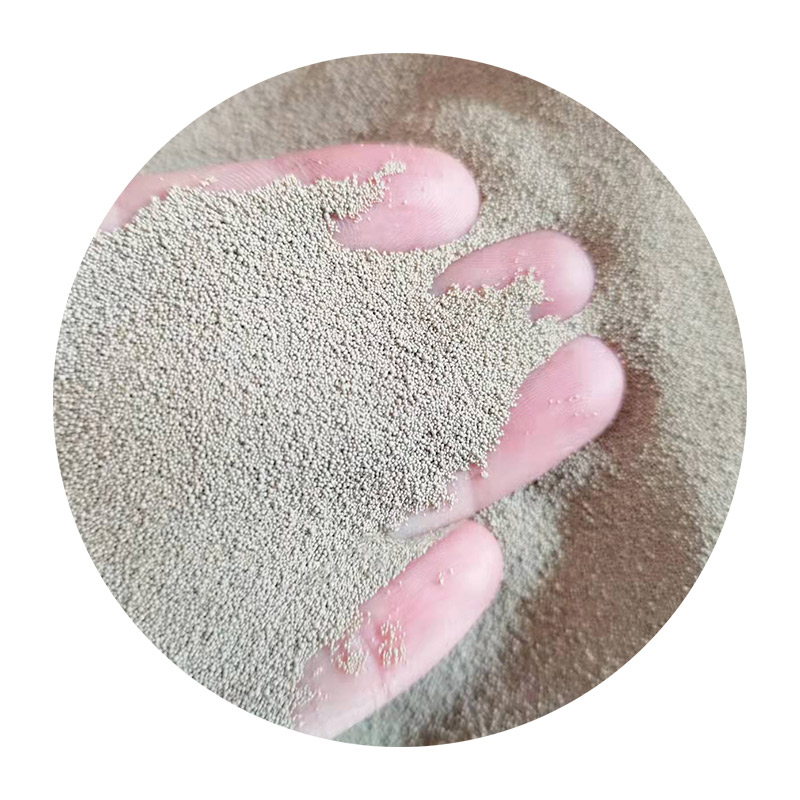The Future of Construction 3D Printed Sand Structures
In recent years, the construction industry has been undergoing a significant transformation due to the advent of advanced technologies. Among these, 3D printing has emerged as a revolutionary method of construction, particularly with the use of sand as a primary material. This innovative approach not only enhances efficiency but also provides sustainable solutions for building structures.
The Future of Construction 3D Printed Sand Structures
One of the most significant advantages of 3D printed sand is its environmental impact. Traditional construction often involves significant waste and the use of non-renewable materials. In contrast, 3D printing with sand uses locally sourced materials, reducing transportation emissions and minimizing waste. The process can also utilize recycled materials, further decreasing the carbon footprint associated with construction. This aligns with a growing global emphasis on sustainability and reducing construction-related environmental impacts.
3d printed sand

Additionally, 3D printed sand structures can be produced rapidly, which is crucial in addressing the housing shortages and infrastructure demands faced by many urban areas. By reducing construction time, this technology not only lowers labor costs but also accelerates project delivery. This is particularly valuable in disaster relief scenarios where immediate shelter is required. With 3D printing, entire communities can be established quickly, providing essential housing for displaced individuals.
Moreover, the design possibilities with 3D printing are virtually limitless. Architects are experimenting with organic shapes and intricate patterns that enhance both the aesthetic and functional aspects of buildings. Structures can be designed to optimize airflow, daylighting, and thermal performance, greatly enhancing their livability and energy efficiency. As designers and engineers continue to explore the potential of this technology, we can expect to see more innovative and visually striking buildings in the future.
Despite its numerous advantages, the widespread adoption of 3D printed sand is not without challenges. Regulatory frameworks surrounding construction standards need to evolve to accommodate these new methods. Additionally, there may be concerns about the long-term durability of sand-based structures in various climates. However, ongoing research and advancements in materials science are continually addressing these issues, paving the way for broader acceptance and implementation.
In conclusion, 3D printed sand is a promising advancement in the construction industry, offering sustainable, efficient, and innovative solutions to modern building challenges. As technology continues to evolve, it is likely that we will see an increase in the use of 3D printing methods, revolutionizing the way we think about and execute construction. The potential to create functional, beautiful, and environmentally friendly structures will undoubtedly shape the future of architecture and urban development, moving us towards a more sustainable and efficient built environment.
Post time:ئیلول . 13, 2024 23:37
Next:Foundry Sand Contamination - Ratkaisut ja Tieto
